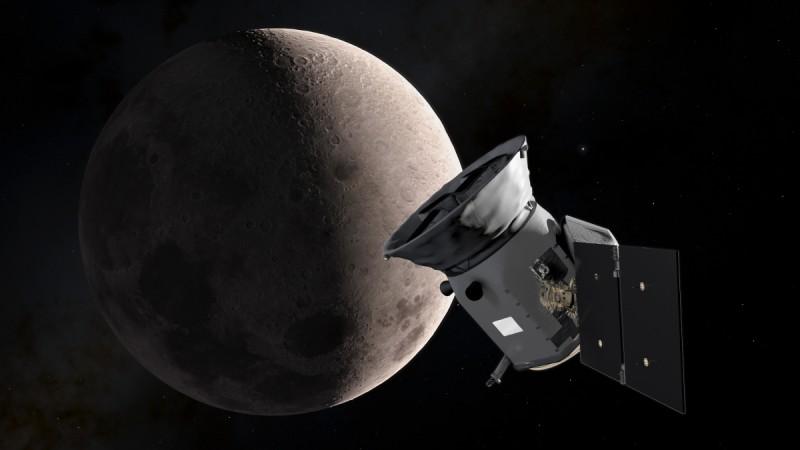
The newest planet-hunting satellite from NASA's stable has crossed our galaxy and started its hunt beyond. Scientists are upbeat as it will send the first set of data, perhaps in a month's time.
The satellite, named Transiting Exoplanet Survey Satellite (TESS) started its mission last week and the American space agency said that Earth will receive first information from it as soon as August.
"I'm thrilled that our new planet hunter mission is ready to start scouring our solar system's neighborhood for new worlds," NASA's astrophysics division's director Paul Hertz said.
The United States space agency had launched the satellite TESS in April 2018 and it is one of the most advanced and latest satellites that NASA has sent up there for searching the planets outside of our galaxy Milky Way. The satellite has been designed to observe the brightness of over 200,000 stars throughout for two years and to note the changes in their brightness that planetary transits cause.
The prime objective of this planet-hunting satellite is to search the space for exoplanets.
The TESS satellite is going to operate across an orbit, which has never been used before. It covers half the orbital period of the moon. The satellite would examine and search more than 90% of the sky and it is expected to send back its observations to the ground after every 13.5 days.
As of now, since the time of its inception in 2009, the Kepler space telescope has spotted more than 2,000 confirmed exoplanets. So, it is expected that TESS will exceed that number.
TESS is also notable because its observations will broaden the path for NASA's upcoming James Webb space telescope, which is going to be the most powerful telescope in the history of mankind.

















